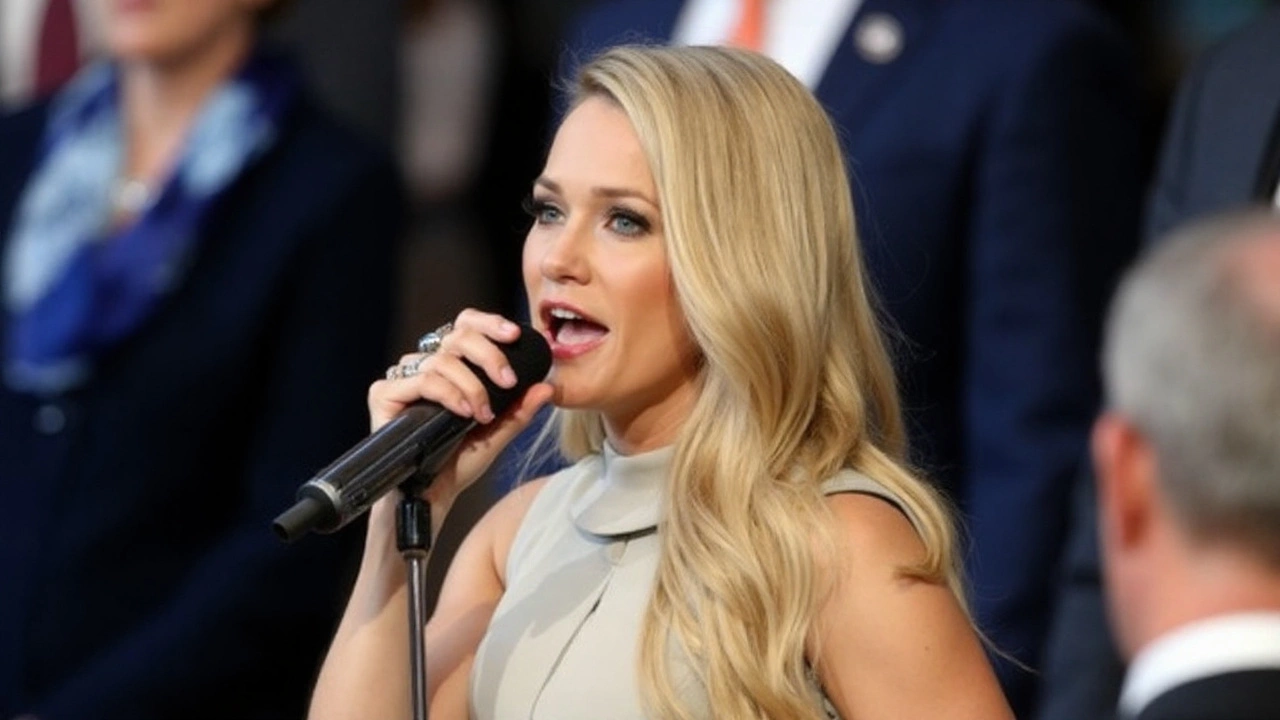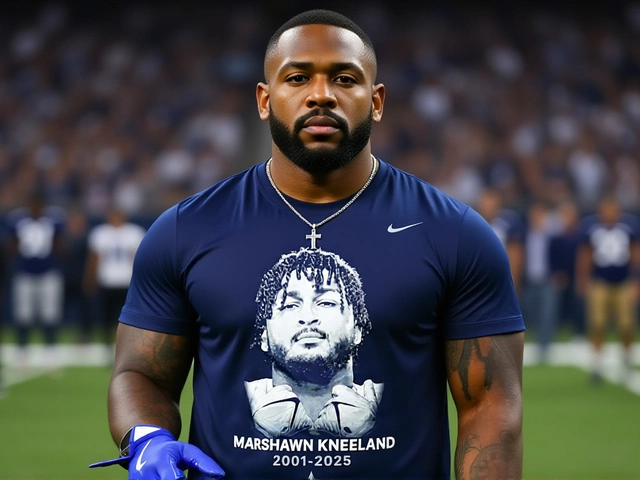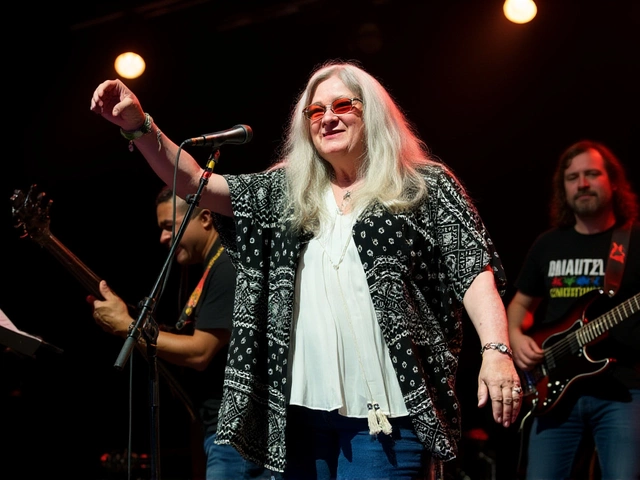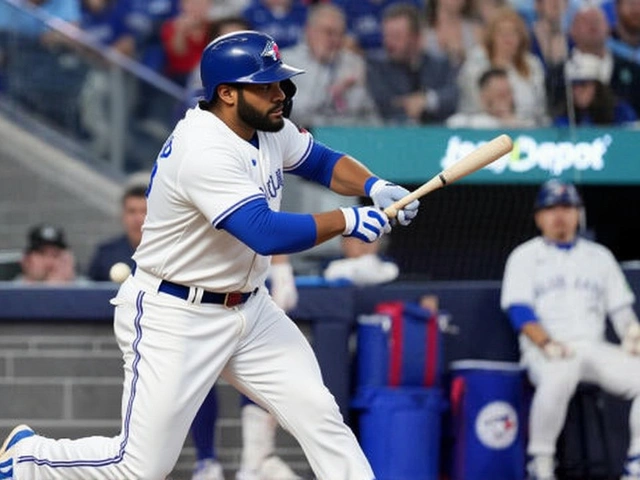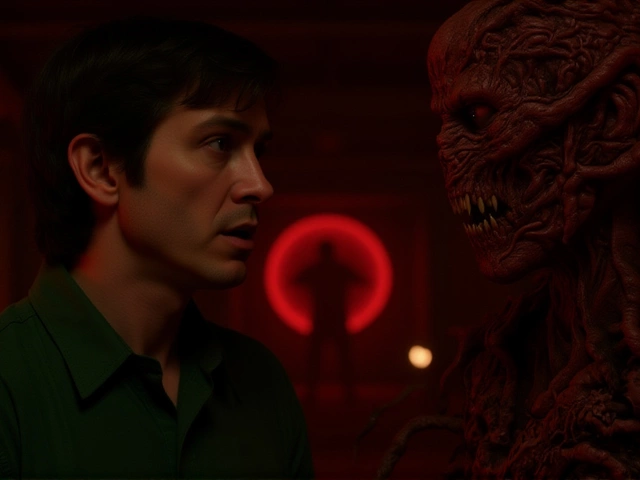A new shade with old roots
Carrie Underwood pressed reset on one of country music’s most familiar images: her bright, camera-ready blonde. For the first time since she was about 12, the American Idol winner revealed her natural hair color, unveiling a bronde shade—a brunette-leaning blend of brown and blonde—on Instagram in August. At 42, the move reads less like a surprise and more like a confident pivot back to something she put on hold for three decades.
Underwood framed the switch with a simple message: it had been roughly 30 years since she’d seen her true color, and it felt like time to give it a chance. She thanked her Nashville-based colorist, Caitlyn August, and tagged the moment with a wink—new old me. The change steers away from the platinum tones that became shorthand for her on awards carpets, stages, and album cycles.
This isn’t a casual tweak. In a 2012 interview, Underwood said she’d considered going darker but worried about jolting fans. She joked that a big color change could make people think she was turning moody or serious. That hesitation makes the choice now feel deliberate: less about shock value, more about comfort and control over her image.
She’s also been candid about hair misfires long before the spotlight—think sixth-grade gelled bangs and a perm at 14 that didn’t go as planned. That honesty is part of why this reveal landed well. The comments filled up with approval from fans who saw the shade as refreshing and familiar at once: different enough to notice, natural enough to feel true to her.
For a star whose look has been tied to sparkling dresses, powerhouse vocals, and high-shine blonde, the bronde turn stands out. But it fits the arc of a seasoned performer who has moved past chasing a signature and toward choosing what feels sustainable. Underwood, a mother of two and a busy live performer, has learned what her image needs to do under stage lights, on HD cameras, and in everyday life. This color threads that needle.
The timing also makes sense. As she keeps a full slate—new music teases, festival slots, award-show appearances—she’s signaling a new chapter without making it a hard rebrand. It’s a style shift that supports the work rather than overshadowing it.
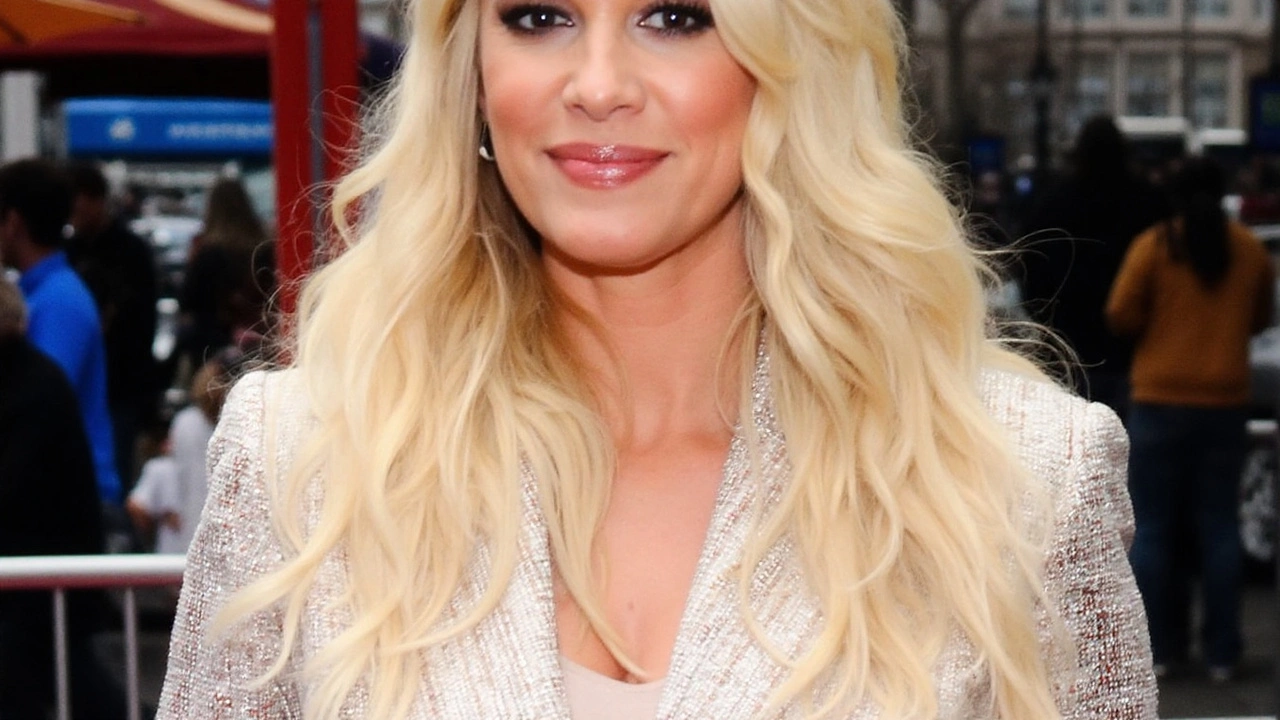
Why bronde hits now—and what it signals
Bronde is not a single formula. It’s a spectrum that blends caramel, beige, and soft brown tones with strategic light pieces. Done well, it looks sun-lifted rather than salon-painted. For someone who has been very blonde for years, landing at bronde usually means slow, careful steps: protective treatments to keep hair healthy, low-contrast foils or balayage to blend lines, and a final gloss to get the tone just right.
That approach suits an artist’s schedule. Bronde grows out gently, which means fewer urgent salon visits during tours or TV tapings. It reads warm and dimensional on camera and on stage, where harsh light can flatten very light hair. The color Underwood revealed looks built for both backstage speed and front-of-house scrutiny.
There’s also a broader fashion shift in play. Over the past few years, a wave of stars have eased into softer brunettes and brondes—think Jennifer Lopez, Hailey Bieber, and Gigi Hadid—favoring shine and depth over icy brightness. The move echoes a larger mood in beauty: less extreme contrast, more believable texture and tone.
Underwood’s caption—new old me—captures the heart of the moment. For fans who grew up with her after American Idol, the phrase reads like a nod to the kid from Checotah meeting the headliner she became. It’s nostalgic without being stuck in the past.
And it’s smart branding. Artists often use hair to mark eras: a new album, a residency, a different sound. Going bronde doesn’t scream reinvention, but it does suggest a reset. It gives photographers and stylists a fresh palette and signals to fans that she’s comfortable shifting gears.
The reaction matters, too. Big image flips can split audiences—especially when a look has become part of a star’s signature. Here, the early response skewed enthusiastic. The notes that showed up again and again: natural, softer, timeless. That kind of feedback signals she can range beyond old rules without losing the throughline of who she is.
Behind the chair, a change like this is a technical puzzle. Taking a longtime blonde darker isn’t just about picking a brown. Colorists often rebuild what bleach strips away, layer by layer, so the hair accepts richer tones without turning flat or muddy. That’s why credits matter—Underwood called out Caitlyn August and her team—because landing bronde on a celebrity schedule takes planning, product, and restraint.
What does bronde actually involve for someone in the public eye?
- A transitional plan: moving from high-lift blonde to blended tones over one or more sessions to protect hair health.
- Bond-building and protein care: treatments that keep strands strong through color changes and heat styling.
- Tonal control: glosses that can nudge warm, neutral, or cool—adjusted before big shows or TV hits.
- Maintenance on the go: root strategies that look natural as hair grows, plus styling that keeps dimension visible under lights.
There’s a practical angle here for fans, too. Bronde is often easier to keep up than ultra-blonde, especially for people with darker natural bases. It can mean fewer salon visits, more forgiving grow-out, and better shine. That aligns with the tone of Underwood’s caption: not a high-maintenance makeover, but a return to something close to home.
Underwood’s career has always balanced power and polish—big vocals, athletic performances, exacting costume details. The hair has typically matched that energy: bright, crisp, high-impact. With this turn, she’s adding softness without losing clarity. Warmth at the root, light through the ends, a color that moves when she does—on stage wind machines included.
The nostalgia thread runs through more than the color. Underwood has talked about hair choices that didn’t work, and she’s laughed at them. That self-awareness makes the bronde reveal feel less like a brand exercise and more like a personal choice she’s ready to wear in public. Fans tend to follow that kind of confidence.
It helps that her career isn’t defined by a single visual cue. She’s an American Idol alum, a tour headliner, a frequent awards performer, and a go-to voice for collaborations. A color change won’t rewrite any of that. It simply reframes the way the next phase will look in photos, videos, and on the road.
Expect the shade to evolve. Bronde is versatile: stylists can dial in more gold for summer, more neutral beige for winter, or add face-framing highlights before a major event. Small shifts like that keep the look fresh without tearing it down and starting over.
The bigger takeaway is the message: you can step away from a long-held signature without losing yourself. For someone who could have stayed platinum forever, choosing a softer, lived-in tone suggests comfort in her own skin—and in her own roots. It’s a subtle change with outsized impact, the kind of move that reminds you that even the most polished stars look best when the image fits the person wearing it.
